1. Beavers build more than dams

When beavers settle into an area, the whole place begins to change. They build dams that slow down water, creating wetlands where frogs, fish, birds, and plants flourish. Their construction helps filter pollutants, prevent erosion, and recharge groundwater. The U.S. Fish and Wildlife Service says beavers “increase biodiversity by creating wetland environments.” Even during droughts, beaver ponds store water like natural reservoirs. It’s incredible how much life one family of beavers can support just by following instinct. They may look clumsy on land, but in the water, they’re ecological engineers shaping healthier habitats wherever their dams are built.
2. Earthworms heal soil underground
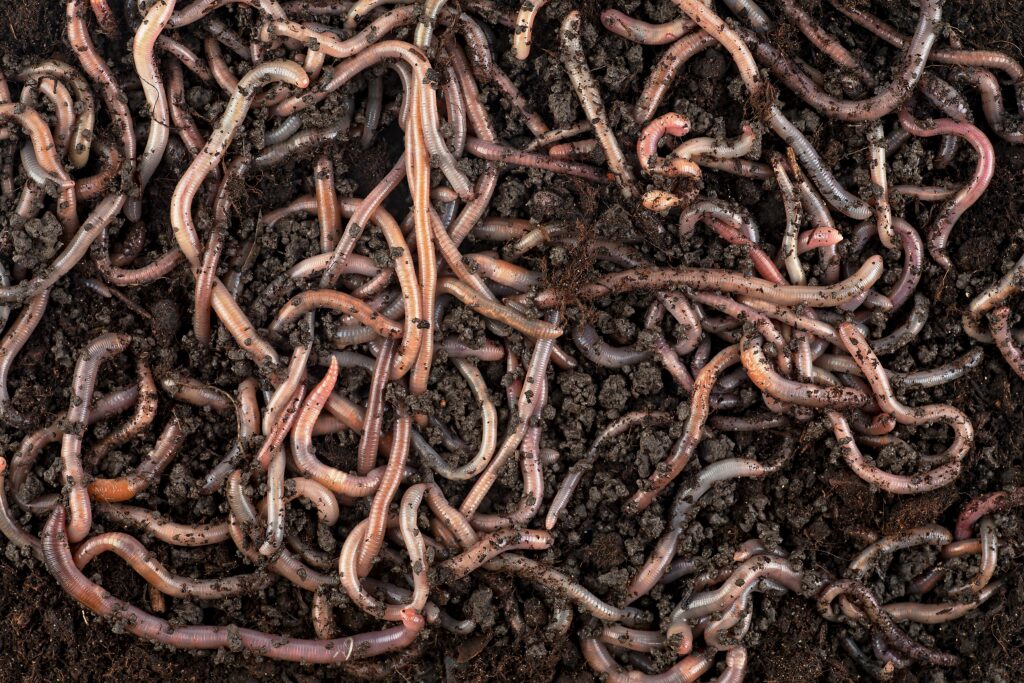
We rarely notice earthworms, but they are some of the most important workers in nature. They break down dead plants, mix organic matter into the soil, and create tunnels that let air and water reach plant roots. Their castings are rich in nutrients and support soil fertility. Charles Darwin once wrote, “It may be doubted whether there are many other animals which have played so important a part in the history of the world.” Earthworms feed soil microbes and help keep the earth breathing. Thanks to them, gardens grow better, forests flourish, and the ground beneath our feet stays alive.
3. Bats are silent crop protectors

Bats often get a bad reputation, but they’re crucial allies in agriculture and nature. Many bat species eat insects, including mosquitoes and crop pests, reducing the need for pesticides. A single bat can eat up to 1,000 insects in one hour, according to Bat Conservation International. Some bats also pollinate flowers and spread seeds, helping plants regenerate in forests. Their guano, or droppings, makes excellent fertilizer rich in nitrogen and phosphorus. While they fly mostly unnoticed at night, bats play a big role in keeping ecosystems balanced and crops healthy. They truly are quiet heroes of the twilight hours.
4. Whales fertilize the ocean from below
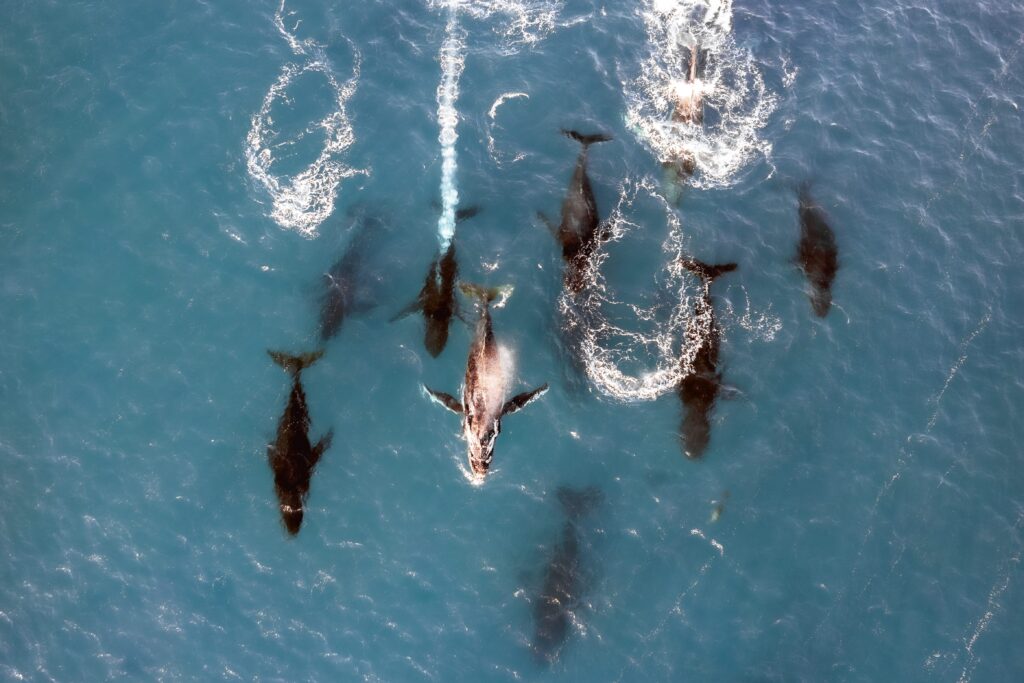
Whales don’t just swim through the sea. They lift nutrients from the deep and fertilize the surface with their waste. This process, called the whale pump, helps feed phytoplankton, tiny ocean plants that absorb carbon dioxide and produce over half the planet’s oxygen. A study in PLOS One calls whales “ecosystem engineers” for this reason. Phytoplankton support entire marine food webs and help fight climate change. When whales die, their bodies sink and lock carbon away in the ocean floor. These gentle giants are not only magnificent to watch, they are also keeping the planet’s lungs running smoothly and quietly.
5. Sea otters guard underwater forests
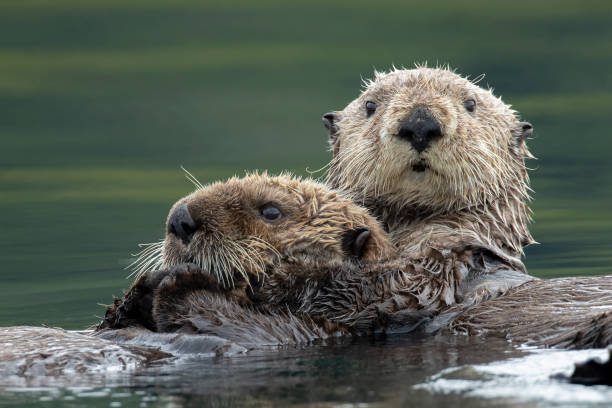
Sea otters may look like floating furballs, but they’re essential to ocean health. They love eating sea urchins, which would otherwise overgraze kelp forests. By keeping urchin populations in check, otters protect these underwater ecosystems. The Monterey Bay Aquarium says otters “help maintain the balance of nearshore ecosystems.” Kelp forests provide shelter for fish, absorb carbon, and buffer coastlines from storms. When sea otters return to an area, kelp forests bounce back, bringing new life with them. Watching them crack shells on their bellies is cute, but their role in shaping healthy oceans is even more beautiful.
6. Elephants shape entire ecosystems
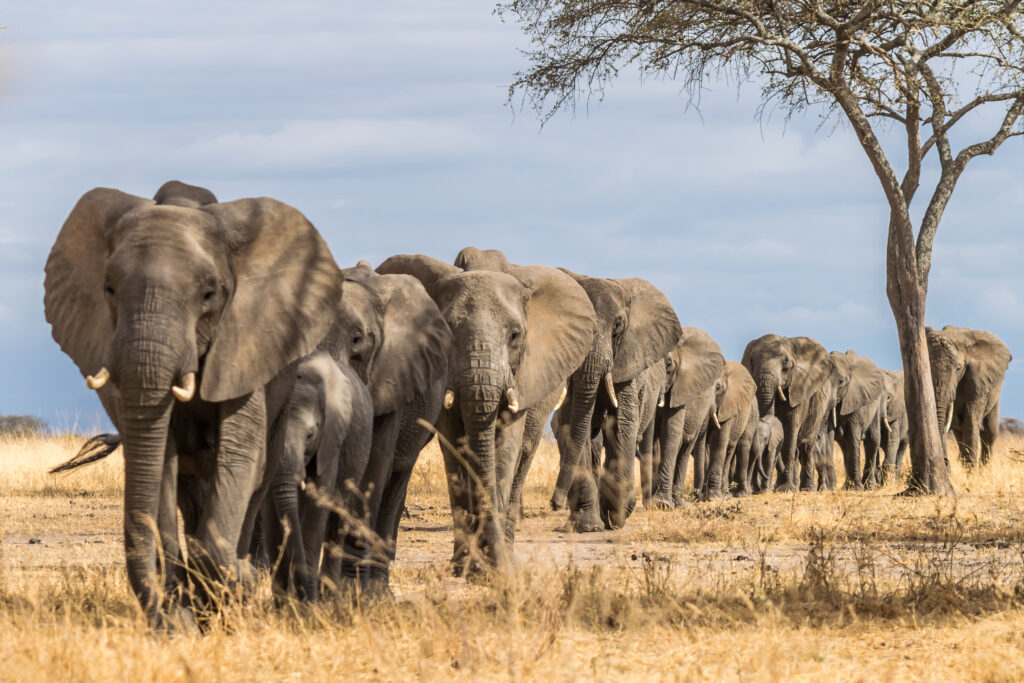
Elephants do more than roam through the savannah. They dig water holes, knock down trees, and leave behind dung that spreads seeds across large distances. Their actions open up areas for new plants to grow and create space for smaller animals to thrive. The World Wildlife Fund calls elephants a “keystone species” because of their massive influence on landscapes. Their footprints become puddles for frogs, and their paths lead other animals to food and water. Wherever elephants travel, they bring change. Despite their gentle appearance, they are powerful agents of growth and renewal in the wild.
7. Sharks keep marine life in balance
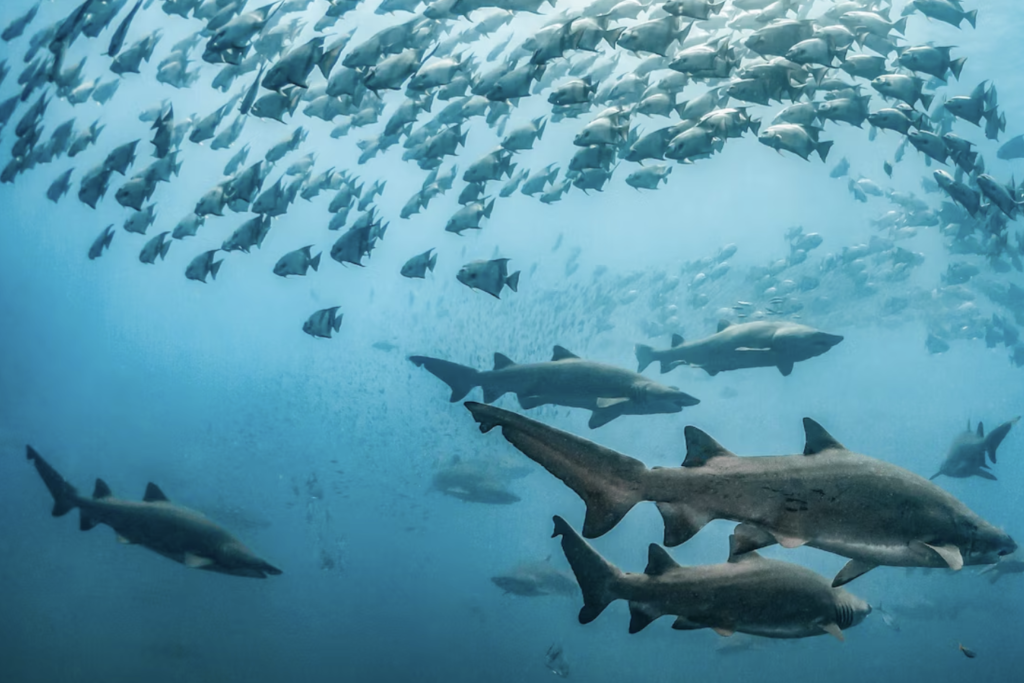
Sharks are often misunderstood, but their role in ocean ecosystems is critical. As top predators, they target the sick and weak, helping fish populations stay healthy and diverse. The Australian Marine Conservation Society explains that sharks “maintain species diversity and prevent overgrazing on ocean plants.” Without sharks, certain species can overpopulate, leading to ecosystem collapse. Their presence even influences where prey species swim and feed, shaping the entire underwater environment. When shark numbers drop, the ripple effects can be massive. Far from being villains, sharks are vital peacekeepers of the sea, keeping everything below the waves in check.
8. Dung beetles clean and recycle
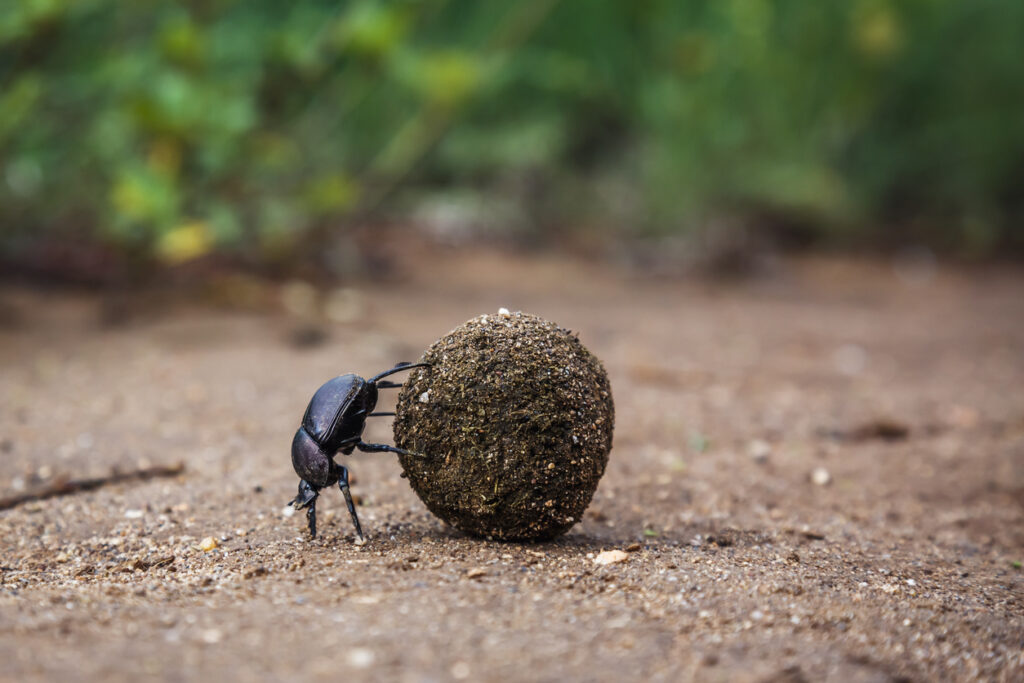
Dung beetles may not be glamorous, but they’re some of nature’s best recyclers. They roll and bury animal droppings, removing waste from the environment and returning nutrients to the soil. Their work improves soil health, prevents the spread of parasites, and supports plant growth. Smithsonian Magazine notes that dung beetles “save the U.S. cattle industry hundreds of millions in waste management.” They also reduce water pollution by keeping waste out of streams. For such small insects, their impact is enormous. Every time they roll a ball of dung away, they’re doing their part to keep ecosystems clean and thriving.
9. Prairie dogs build homes for many
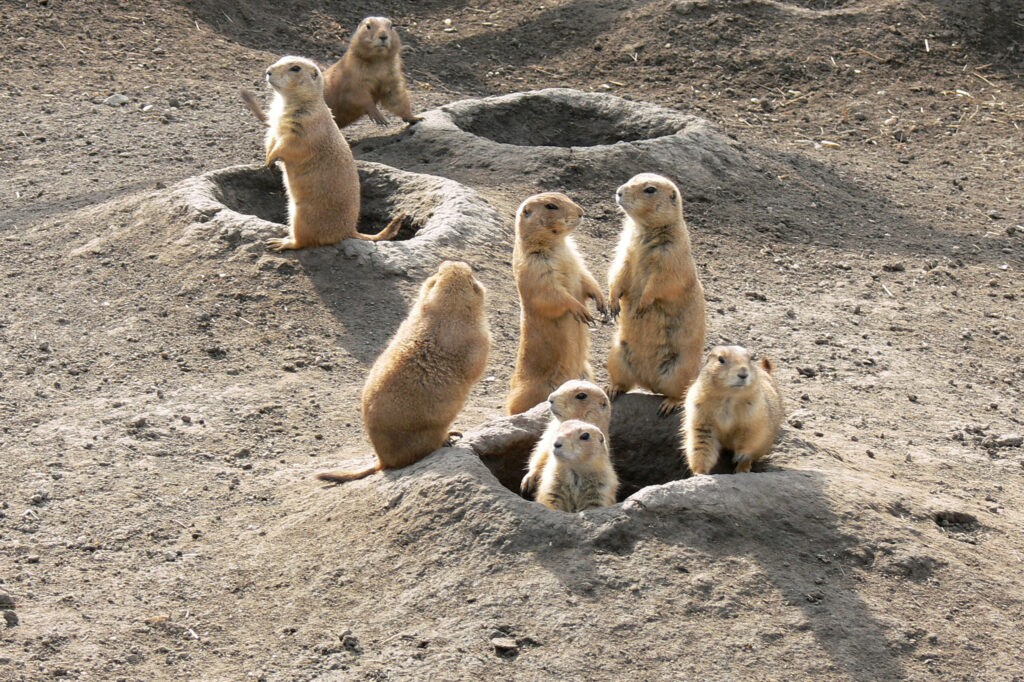
Prairie dogs are social, burrowing animals that do far more than dig tunnels. Their underground homes help aerate the soil and improve water absorption. These tunnels also provide shelter for over 130 other species, including owls, snakes, and foxes, according to the U.S. Forest Service. Their grazing habits even shape the surrounding vegetation, supporting a wide variety of plants and animals. While often seen as pests, prairie dogs actually promote biodiversity and improve grassland health. By building safe spaces below ground, they create life above it. In their own quiet way, they make room for nature to thrive around them.
10. Wolves bring balance with presence
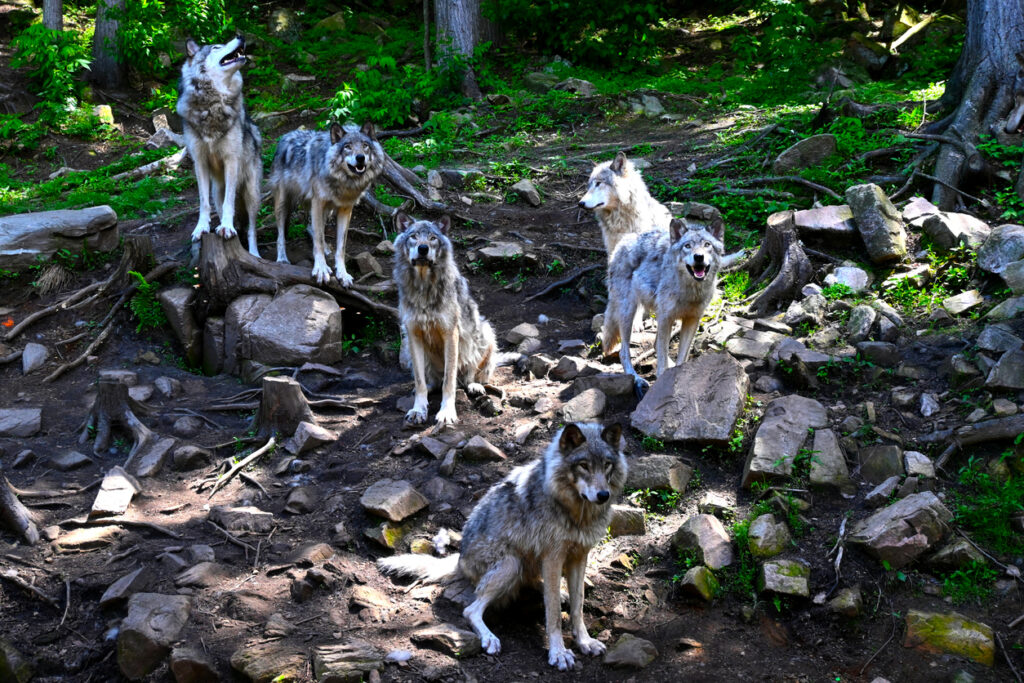
When wolves were reintroduced to Yellowstone National Park, the landscape began to heal. Their return-controlled elk populations, allowing trees, shrubs, and grasses to grow back. This regrowth brought back songbirds, beavers, and even fish. Scientists describe this chain reaction as a “trophic cascade.” A study in BioScience found that wolves even changed river behavior by altering grazing patterns. Just by being there, wolves helped restore entire ecosystems. Their role isn’t about fear, but balance. Though they often go unseen, wolves are reminders that nature works best when its wild rhythms are left intact. Their howl still echoes that harmony.
11. Parrotfish clean reefs and build beaches
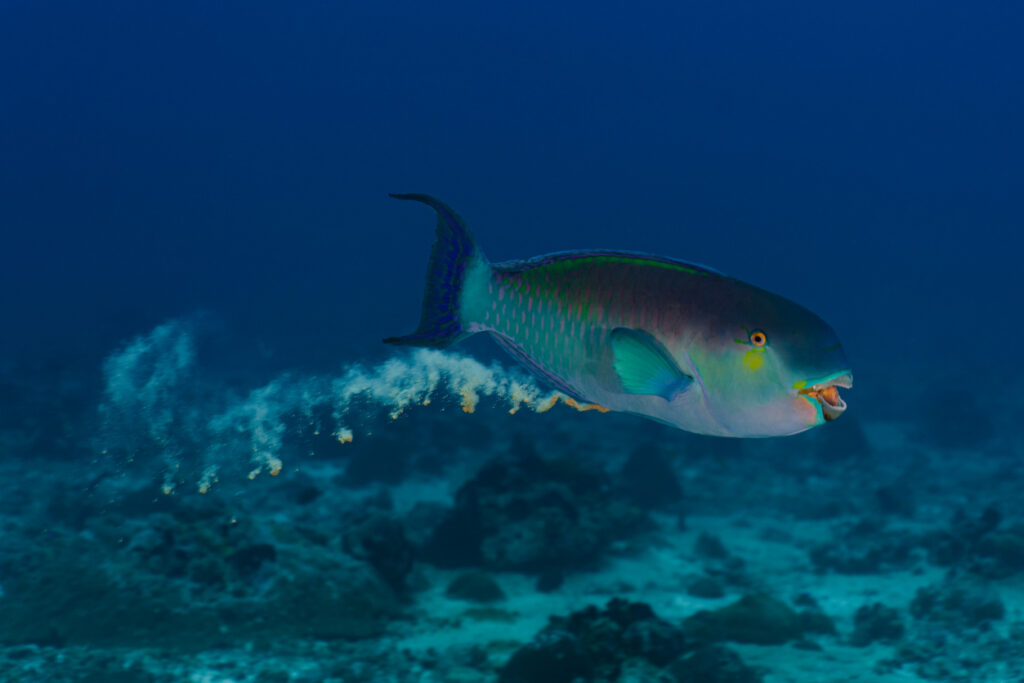
Parrotfish might look like living rainbows, but their work is more than just showy. These reef grazers eat algae off corals, keeping them clean and allowing sunlight to reach the polyps. Without them, reefs suffocate. As they chew, they grind coral into sand, helping build beaches. According to National Geographic, one parrotfish can create up to 700 pounds of sand a year. They’re part of a reef’s maintenance crew, clearing space for young coral and supporting marine biodiversity. Their crunching mouths and constant movement make them vital for keeping coral reefs healthy, resilient, and quietly beautiful beneath the waves.
12. Honeybees hold up entire food systems
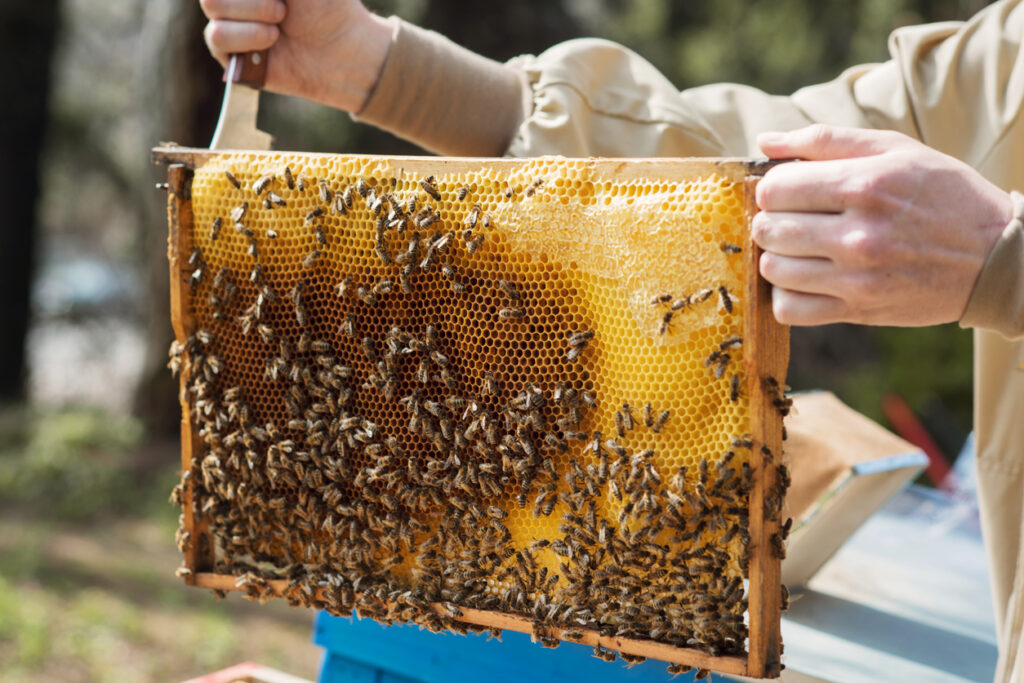
Every time you bite into a fruit or see a field in bloom, you’re witnessing the work of honeybees. These tiny pollinators help fertilize around 75 percent of the world’s flowering plants and more than 30 percent of the crops we eat. The Food and Agriculture Organization says one in three bites of food relies on pollination. Their work supports ecosystems, farms, and wild habitats alike. Without bees, entire food chains would struggle. While their hum may go unnoticed, honeybees are silent partners in almost every meal, reminding us that something small can still carry the weight of the world.
13. Moss animals filter freshwater
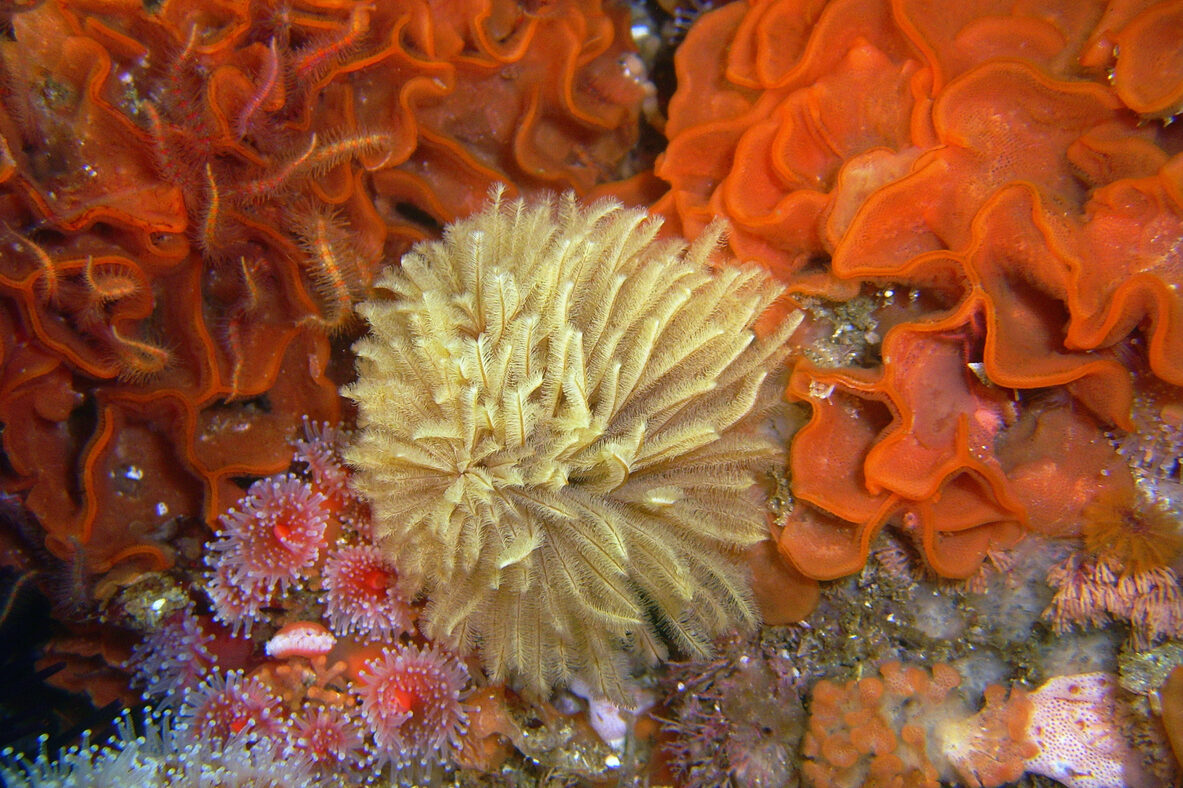
Moss animals, also called bryozoans, don’t look like much at first glance. These soft, colonial creatures live in freshwater lakes and streams, attaching to rocks, logs, and docks. But they’re excellent at cleaning water. Each colony filters out organic particles and algae, leaving clearer, healthier aquatic environments behind. Research in Freshwater Biology reports that a single bryozoan colony can filter more than a liter of water per hour. Their filtering reduces harmful algal blooms and supports fish health. They’re quiet, slow, and nearly invisible, but their work keeps freshwater systems from turning murky, stagnant, and unhealthy for everything living in them.
14. Corals are the architects of the sea

Corals are tiny animals with a massive job. Together, they form sprawling reefs that act as ocean cities, sheltering 25 percent of marine life. NOAA explains that coral reefs provide food, coastal protection, and income for over 500 million people. Reefs soften storm surges, reduce erosion, and support fisheries. Corals also build up slowly over time, forming natural barriers that defend coastlines. Though fragile and under threat from climate change, healthy coral ecosystems still offer hope. Their polyps may be small, but when working together, they shape worlds beneath the sea. In every sense, they are nature’s underwater builders.
7 That Hurt the Earth
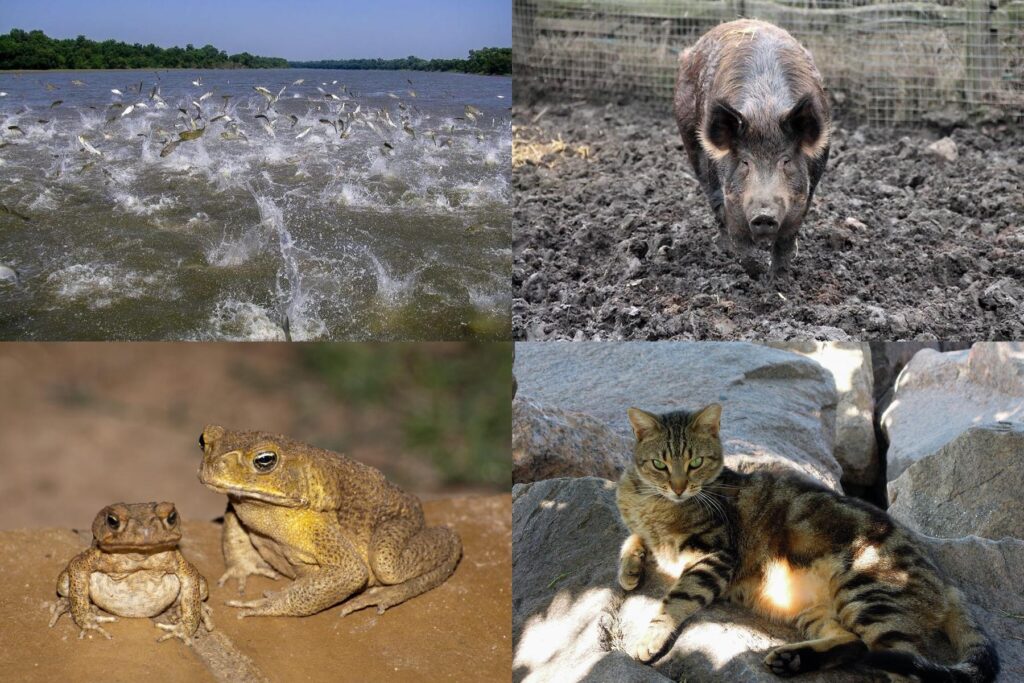
Not every animal plays a healing role. Some, often through no fault of their own, disrupt the balance of nature, especially when introduced to environments that aren’t their own. Whether it’s by spreading fast, preying on vulnerable species, or damaging delicate ecosystems, these animals have earned a reputation for doing more harm than good. Here’s a closer look at seven creatures whose impact on the Earth has been anything but helpful.
15. Feral cats cause mass wildlife loss

They may be adorable, but feral cats are one of the world’s most destructive invasive species. These free-roaming felines kill billions of birds, reptiles, and mammals each year. The American Bird Conservancy calls cats the number-one human-caused threat to birds in the United States. Unlike native predators, cats hunt for sport, not just survival. On islands and in sensitive habitats, they’ve caused extinctions. While pet cats are often beloved companions, feral populations live wild and unmonitored, spreading fast and feeding often. Their presence may seem harmless, but for wildlife on the edge, even a single roaming cat can mean disaster.
16. Cane toads wreak havoc in Australia
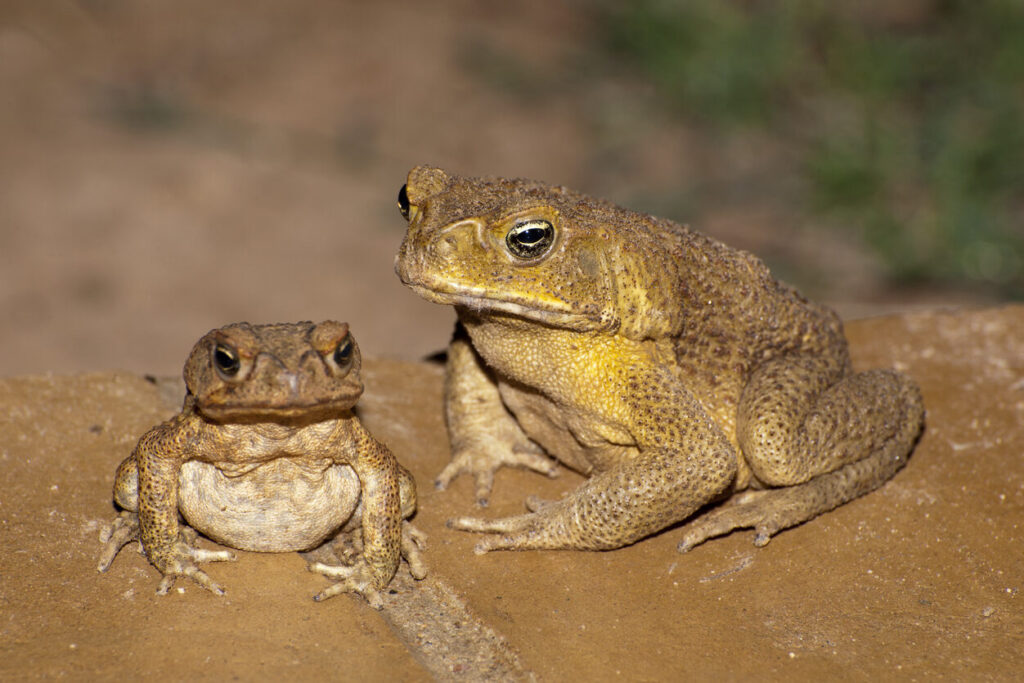
Introduced in the 1930s to control beetles in sugarcane fields, cane toads became a major ecological problem instead. With toxic skin and no native predators, they’ve spread across northern Australia. Animals that try to eat them often die from poisoning. According to the Australian Museum, cane toads have led to severe declines in predator populations like monitor lizards and quolls. They also compete with native frogs and spread disease. Their breeding numbers are overwhelming, and their impact stretches across food chains. What began as pest control turned into a full-blown invasion, and now nature is left trying to adapt.
17. Wild boars tear up land and water
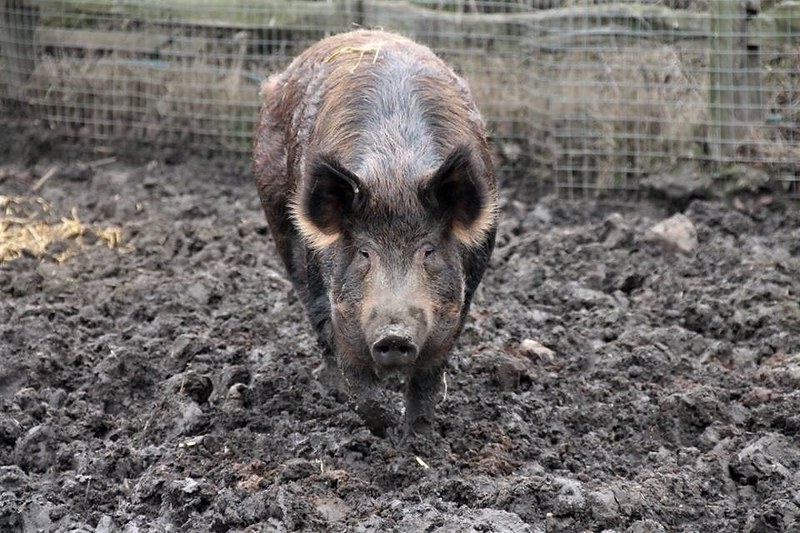
With tusks and tough hides, wild boars charge through forests and farms, leaving damage in their wake. They dig up soil looking for food, destroy crops, and root out native plants. The USDA estimates wild boars cause over $1.5 billion in damages every year in the United States alone. Their foraging stirs up erosion and muddies streams, harming aquatic life. They also spread diseases like swine fever and can infect livestock. Their populations grow fast and are difficult to manage. In many places, they’re seen as a rising threat. What looks like a wild pig is really a walking bulldozer.
18. Invasive carp crash freshwater systems
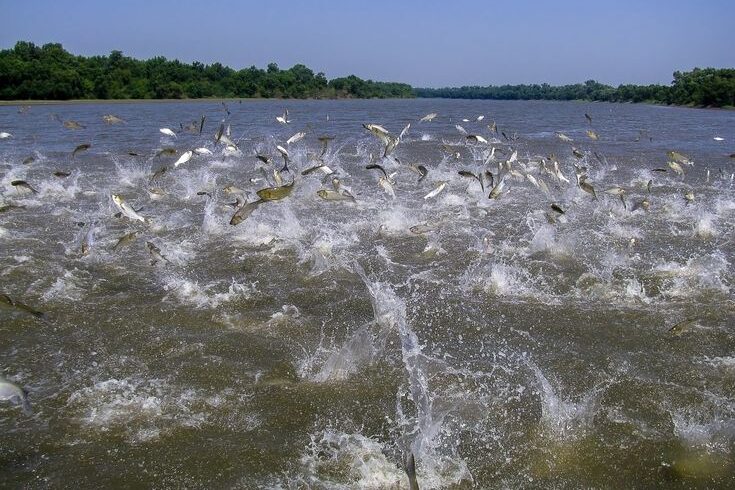
Carp might seem harmless, but invasive carp species like bighead and silver carp have overrun rivers and lakes across the Midwest. They outcompete native fish for food, stir up sediment, and destroy underwater vegetation. The National Park Service reports that invasive carp have severely reduced native fish populations in places like the Mississippi River Basin. They often jump from the water when startled, even injuring boaters. Their presence shifts food webs and makes waters less healthy for fish, birds, and people. While they were introduced with good intentions, their aggressive spread has become a major threat to freshwater life.
19. Brown tree snakes erased Guam’s birds
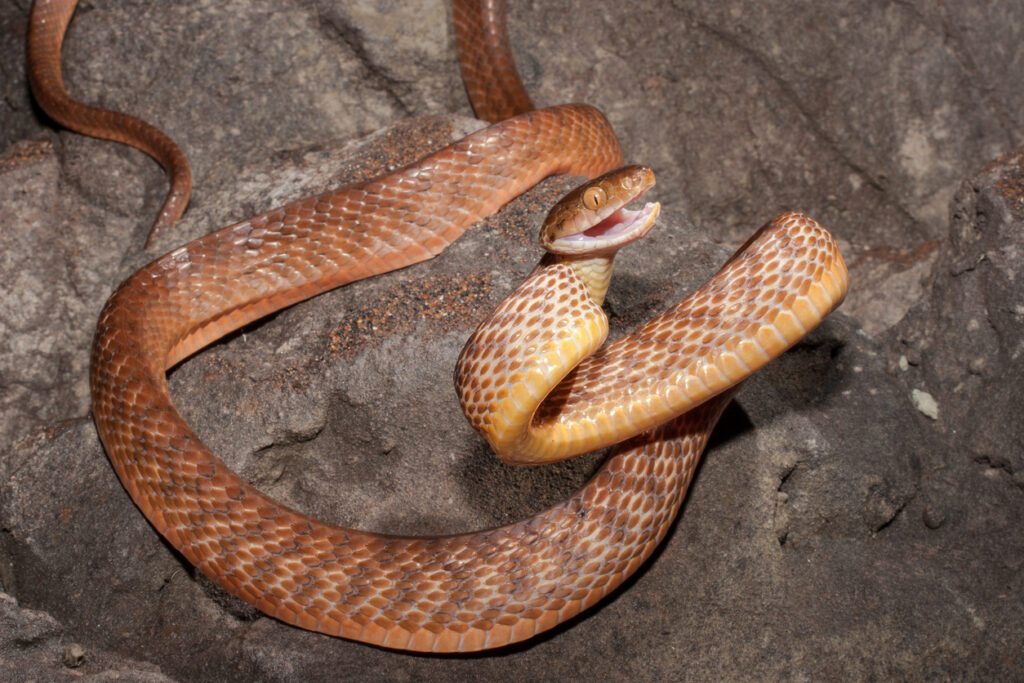
The brown tree snake arrived in Guam around the 1940s, likely as a stowaway on military cargo ships. With no natural predators on the island, it quickly spread and began preying on birds, bats, and lizards. According to the U.S. Geological Survey, this one species is responsible for the extinction of 10 native bird species in Guam. It also causes power outages by climbing on electrical lines and disrupts the island’s ecosystems at every level. The forests, once filled with birdsong, are now unnervingly quiet. It’s a haunting reminder of how one small snake can unmake a world.
20. Mosquitoes spread more than bites

Mosquitoes may be tiny, but they’re the deadliest animals on Earth. Their bites transmit diseases like malaria, dengue, Zika, and West Nile virus. The World Health Organization states that mosquitoes cause over 700,000 deaths each year. Their presence can force people to relocate, avoid farming certain areas, and limit outdoor activity. While some mosquitoes pollinate and serve as food for other animals, their role is complex. The species that carry disease do more harm than good. Their global reach and impact on human health make them far more than a summertime nuisance. They are a constant challenge for science and nature.
21. Humans are both problem and solution

Of all the creatures on Earth, none have changed it more than us. Humans have cut down forests, polluted oceans, caused mass extinctions, and altered the climate. Yet we also plant trees, rescue animals, and build technologies to clean the air. Jane Goodall once said, “What you do makes a difference, and you have to decide what kind of difference you want to make.” We are the only species aware of our impact and capable of reversing it. Whether we hurt or heal the planet comes down to choice. And that choice is still very much in our hands.
This story 14 Animals That Heal the Earth and 7 That Hurt It was first published on Daily FETCH


